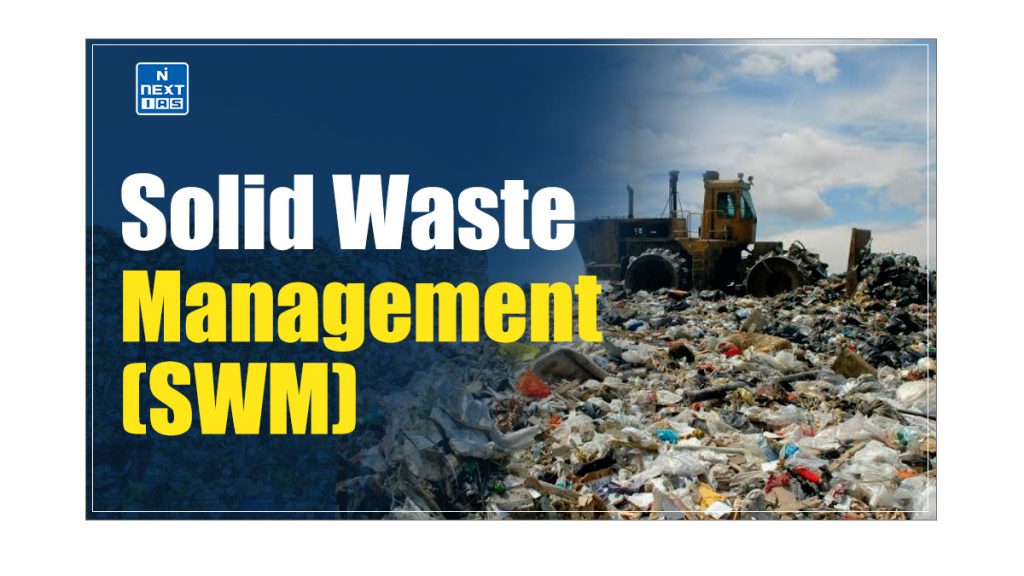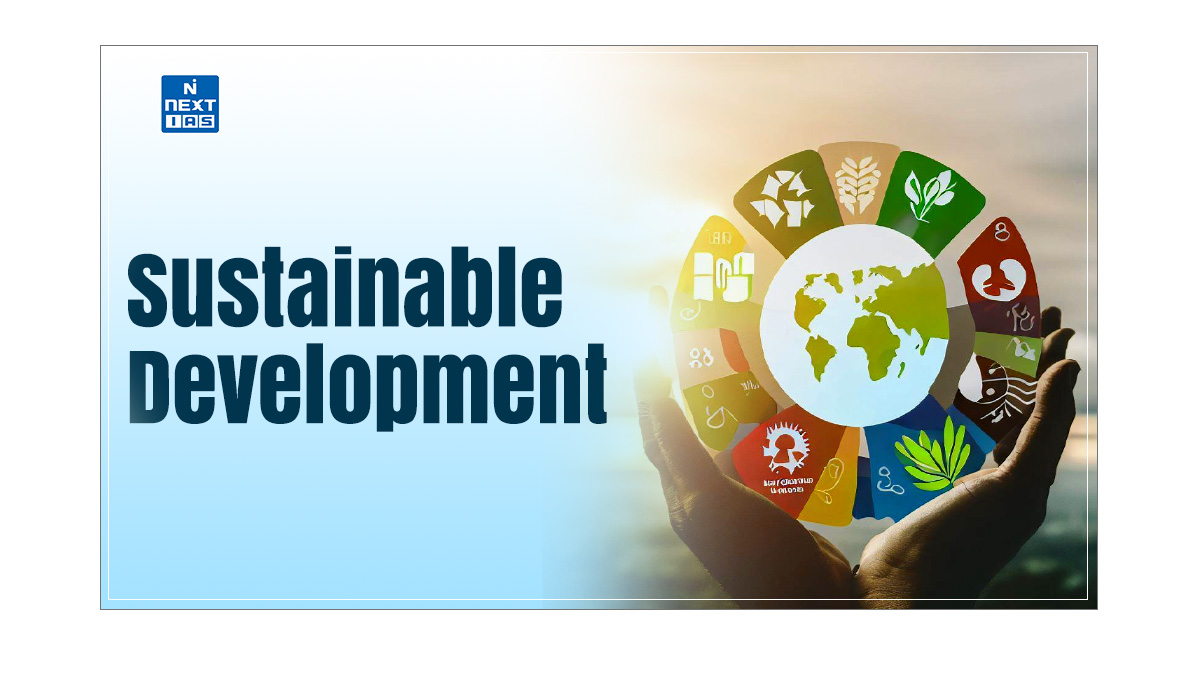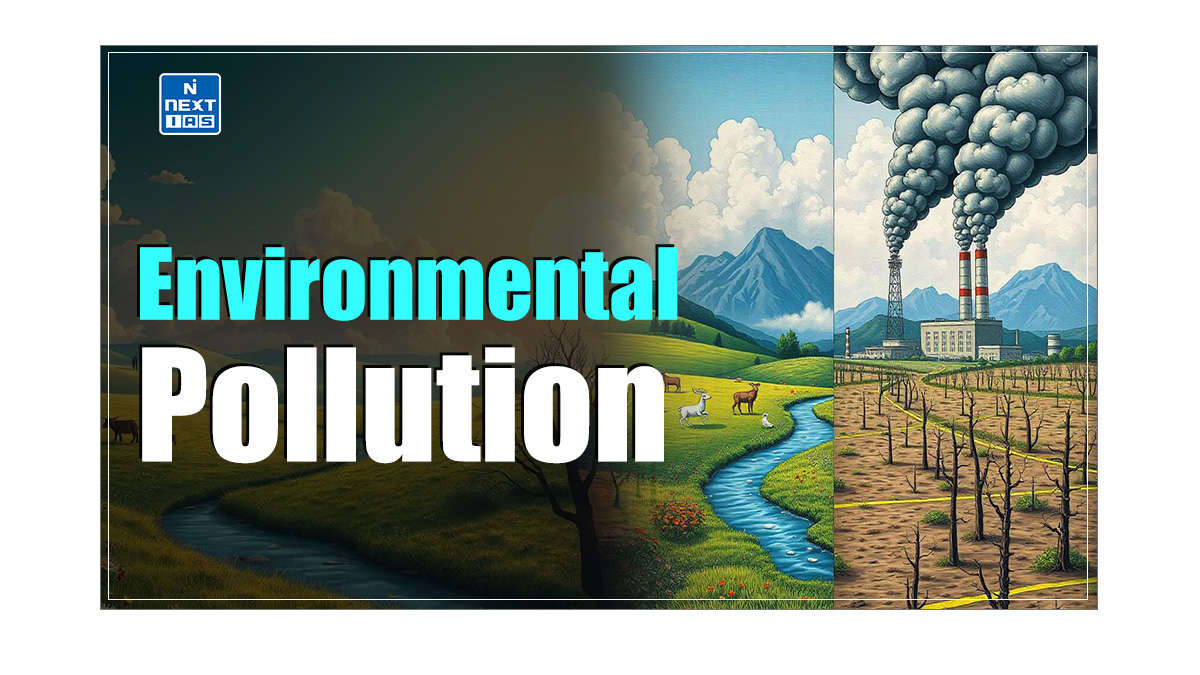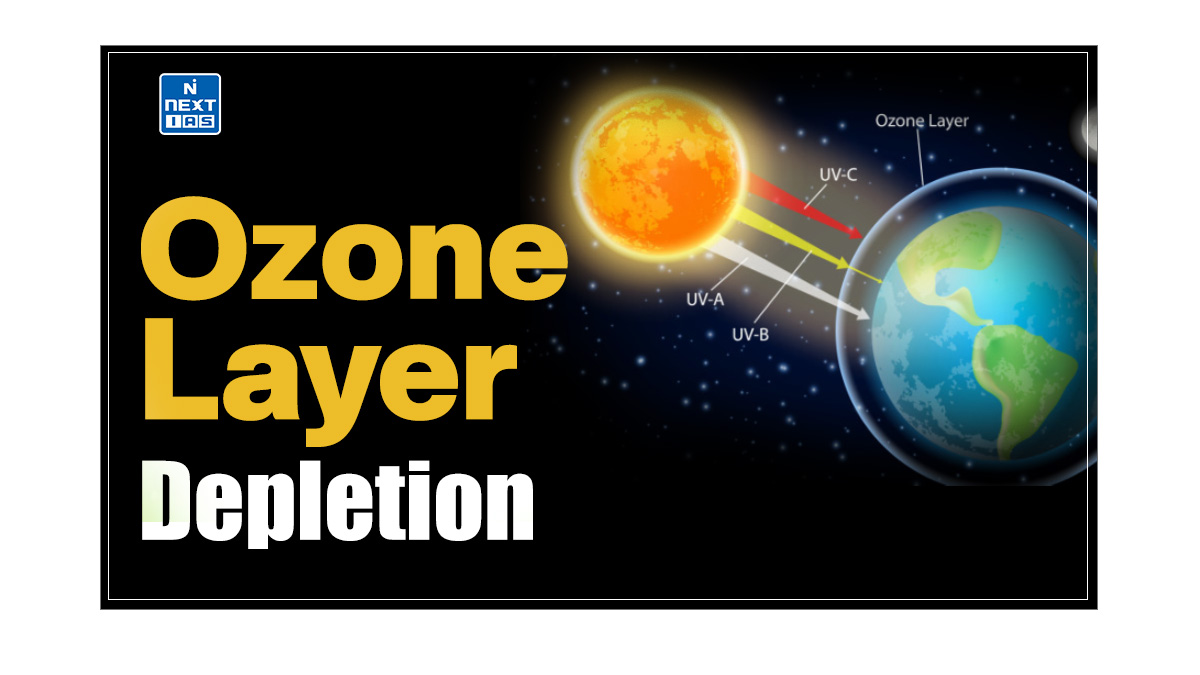
The increasing generation of solid waste and inadequate Solid Waste Management (SWM) has led to many problems. Proper solid waste management is a significant environmental and public health challenge worldwide. This article aims to study in detail Solid Waste Management (SWM), its meaning, various methods, the state of solid waste management in India, and various steps taken in this regard.
What is Solid Waste?
- Solid waste is unwanted or useless solid materials generated from various human activities in residential, industrial, or commercial areas.
- As per the US Environment Protection Agency (EPA), “solid waste” consists of the following elements:
- Garbage.
- Residue occurs from treatment plants and pollution control facilities.
- Discarded substances, generally from industrial, commercial, mining, and agricultural activities.
- Solid Waste Management should also be remembered that the definition of solid waste is not restricted to solid substances only.
- Solid Waste Management also covers semi-solid, liquid, and gaseous substances generated by human consumption or other economic activity.
Categories of Solid Waste
The solid waste management can be categorised as follows:
| CATEGORY | TYPE | DESCRIPTION |
|---|---|---|
| Based on Source | Residential | This type of solid waste from residential colonies primarily consists of organic wastes such as leftover food and plastics. |
| Commercial | These types of solid wastes are generated in manufacturing and usually consist of metals, glasses, etc. | |
| Agricultural | Food grains, litter, stubble etc. | |
| Based on Content | Organic | Organic waste is bio-degradable and is generally obtained from residential and agricultural activities. |
| Plastic | Plastic waste is non-biodegradable. Due to its convenience, plastic products are preferred by a variety of consumers. As discussed above, thermoplastics are much easier to recycle than thermo-setting plastic. | |
| Metallic | These wastes are usually generated in industrial processes and are occupational health hazards. Many of these wastes are found to be carcinogenic. | |
| Based on Hazard Potential | Toxic waste | A waste is termed toxic when it may result in adverse health effects upon human beings exposed to it through physical contact, inhalation, or radiation. |
| Flammable | Flammable wastes have low flash points and may cause fire outbreaks in landfills and other areas, causing severe damage to life and property. |
Types of Solid Wastes
The various types of solid waste management have been discussed below:
Municipal Solid Waste (MSW)
- It is a type of waste generated in everyday human activities, generally in residential areas.
- It comprises organic waste like leftover food, product packaging, plastics and poly-ethylene.
- The common sources are homes, hospitals, schools and other small businesses.
Hazardous Waste
- These wastes are dangerous to humans and the environment immediately or over a long period.
- These wastes are toxic due to their physical, chemical or biological properties.
- Some examples are containers of pests and pesticides, electronic waste, industrial waste, etc.
- The menacing fact is that they mix with municipal waste, which puts the people handling the waste at considerable exposure risk.
Bio-Medical Waste
- Any waste that contains potentially infectious elements created during human or animal research’s diagnosis, treatment or immunisation is called Biomedical Waste (BMW).
- It includes items such as syringes, old bandages, infusion kits, and other items of medical or laboratory origin, as well as garbage from research laboratories containing biomolecules or organisms that are primarily prohibited from being released into the environment.
- Hospital waste poses risks for both patients and the personnel who handle them and, in general, threatens public health and the environment.
- World Health Organization (WHO) has classified biomedical waste into eight categories: general waste, pathological, radioactive, chemical, infectious to potentially infectious waste, sharps, pharmaceuticals, and pressurised containers.
Harmful Effects of Solid Waste
The harmful effects of solid waste management are as follows:
- Groundwater contamination due to leaching from the waste dump.
- Surface water contamination due to run-off from the waste dump.
- Generation of Inflammable gases like Methane in the waste dump.
- Frequent Fires (e.g., Bhalaswa Landfill fire in Delhi, Fire in Mumbai).
- Bird Menace above the waste dump affecting the flights.
- The spread of epidemics is due to rodents, pests, and stray animals.
Methods of Solid Waste Disposal
Various methods of solid waste management or disposal are discussed as follows:
Open Dumping
- Open dumping is one of the most popular waste disposal methods, which only needs a large scale of area to dump the garbage.
- This method is highly primitive in nature, as it does not pay attention to sustainable waste disposal and causes significant environmental problems.
Issues with Open Dumping
- It spreads foul odour in the surroundings.
- It provides the area for breeding for germs, viruses, and vermin, so it becomes the source of many diseases.
- It contaminates the groundwater by leaching harmful substances.
Landfills
- Landfills are the specific sites identified for dumping of solid wastes.
- These are among the most common means of disposing of solid waste.
- Landfills are found worldwide, primarily due to the increased number of wastes from homes, schools, offices, hospitals, and markets.
- Some landfills are professionally managed and strategically designed as components of sustainable waste management.
Issues with Landfills
- Air Pollution and Atmospheric Effects: Toxic gases are emitted from landfills, which lead to air pollution.
- Some of these gases, such as Methane, also cause global warming.
- Ground Water Pollution: Water bodies are contaminated by leaching and the surface flow of toxic substances.
- Soil and Land Pollution: Landfills also impact the soil quality on which they are situated.
- The presence of toxic substances renders the soil infertile.
- Also, due to the ever-increasing load of garbage in the dump, it is impossible to reclaim the land for any other useful purpose.
Sanitary Landfill
- Sanitary landfills are a method of waste disposal in which waste is buried so that harmful chemicals do not enter the surroundings or underground water bodies.
- The basic principle behind a sanitary landfill is to create a structure that is impervious to the leaching of harmful chemicals from waste into the surroundings and groundwater.
- This is usually achieved by lining the bottom and sides of the landfill with a waterproof coating.
- These landfills are often designed in layers with alternate layers of soil and waste, which results in rapid decomposition of the waste.
- Once filled and safely isolated, they are also used as public utilities such as parks and green belts.
- Sanitary landfills are more desirable from the ecological point of view for waste management.

Issues with Sanitary landfills
- Despite the best design, sanitary landfills can leach and generate toxic and greenhouse gases.
- Sanitary landfills are often placed far away from cities and residential areas. Although the distant location of landfills is desirable, it causes considerable problems in waste transportation.
- The increased transportation results in higher air pollution and noise pollution.
Solid Waste Management (SWM)
- Solid Waste Management (SWM) encompasses all the activities required to manage waste from its generation to its final disposal.
- Solid Waste Management (SWM) includes the whole chain of waste collection, transport, treatment, and disposal.
- The following sections have discussed various aspects of proper solid waste management (SWM).
Solid Waste Management at Source
- The first step in solid waste management is to minimize waste and ensure that it is properly segregated at the source.
- Suppose general waste is mixed with infectious or hazardous waste. In that case, solid waste management cannot be segregated, and all of it must be treated as though it is infectious or hazardous.
- Waste segregation means dividing waste into various categories, such as dry and wet, biodegradable and non-biodegradable.
Methods of Solid Waste Management (SWM)
- Prominent methods of Solid Waste Management (SWM) include:
- Incineration Plants
- Pyrolysis
- Composting
- Vermi Composting, etc.
Each of these Solid Waste Management (SWM) methods is discussed in the following sections.
Incineration Plants
- Incineration is the burning of solid waste.
- Incineration helps to reduce the volume and the health risks related to the waste material. Incineration plants break down hazardous substances such as pathogens and toxic chemicals.
- Incineration plants can also be utilised as Waste-To-Energy (WTE) plants.
- The heat generated in the combustion process may be used to generate superheated steam in boilers.
- The steam may drive turbo-generators to produce electricity.

Advantages of Incineration
Incineration is a good way of handling wastes that contain toxins and pathogens, such as clinical wastes. High temperature destroys the pathogens and toxins in a human-safe manner.
Disadvantages of Incineration
There are various arguments against the Incinerators:
- The highly toxic fly ash needs to be disposed off in a safe and sustainable manner.
- The emission of toxic gases such as dioxin and furan from old incinerators is particularly very hazardous.
- Exposure to these gases results in skin diseases and may also impact the functioning of the liver in humans.
- Incinerators also emit traces of heavy metals such as Vanadium, Manganese, Chromium, Nickel, Arsenic, Mercury, Lead, and Cadmium, which are proven carcinogenic substances.
Pyrolysis
- Pyrolysis is a process of thermo-chemical decomposition of organic material by superheating the waste in the absence of oxygen.
- Pyrolysis results in a change in the chemical composition and physical phase of the waste material and is generally irreversible in nature.
- The main objective of pyrolysis is to convert municipal solid waste into biologically and chemically stable components.
- Pyrolysis also results in the harnessing of energy from solid waste.
- Compared to incineration, pyrolysis is considered a sustainable and better method of managing municipal solid waste, as a large part of such waste consists of organic matter such as plastic, cellulose, and rubber.
- By pyrolysis, much of the chemical energy contained in waste biomass in the municipal solid can be harnessed and reused.

Composting
- Composting is recycling decomposed organic materials into a fertile soil known as compost.
- The process involves the decomposition of organic waste into humus. Compost is a good fertiliser for plants.
- The biggest advantage of composting is the formation of organic fertiliser, which can be used instead of chemical fertilisers.
- Composting also increases the soil’s ability to hold water and provides better aeration to the soil.
- Composting also helps in the retention of most of the plant nutrients in the soil.

Vermi Composting
- Vermicompost is the composting process using earthworms and other sub-species of worms.
- Vermicompost converts a mixture of decomposing organic material into fertile soil.
- The soil formed by the vermicompost method contains water-soluble nutrients and is an excellent fertiliser.
- The procedure can also be applied to the treatment of sewage sludge.
Conclusion
Solid Waste Management (SWM) is critical to urban and rural sustainability. Effective waste management practices protect the environment and public health and contribute to the efficient use of resources and the mitigation of climate change. As India continues to urbanise, solid waste management must adopt comprehensive strategies and strengthen existing frameworks to manage solid waste efficiently.
Solid Waste Management Rules, 2016
The Solid Waste Management Rules, 2016 in India, aim to improve waste management practices across the country. Some key provisions of Solid Waste Management include:
- Source segregation: Waste must be segregated into biodegradable, non-biodegradable, and domestic hazardous waste at the source.
- Extended Producer Responsibility (EPR): Producers of goods like packaging materials must manage waste through recycling or recovery.
- Municipal responsibility: Urban local bodies must ensure proper collection, transport, and disposal of solid waste.
- Waste processing: Emphasis on recycling, composting, and waste-to-energy methods to minimise landfill use.
- Involvement of waste pickers: Recognizes and formalises the role of waste pickers and informal sectors in waste management.
Frequently Asked Questions (FAQs)
What is Solid Waste Management?
Solid Waste Management refers to the systematic process of handling, treating, and disposing of solid waste materials generated by human activities to minimise their environmental impact and promote sustainability.
How to Manage Solid Waste?
To manage solid waste management effectively, begin by segregating waste into biodegradable, recyclable, and non-recyclable categories. Reduce waste generation, reuse items, and recycle materials whenever possible. Compost organic waste and treat non-recyclable waste through incineration or proper disposal in sanitary landfills. Public awareness, government regulations, and community participation are essential for sustainable solid waste management.






